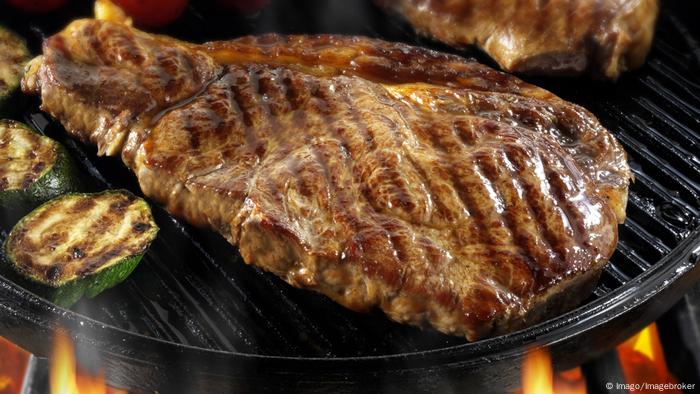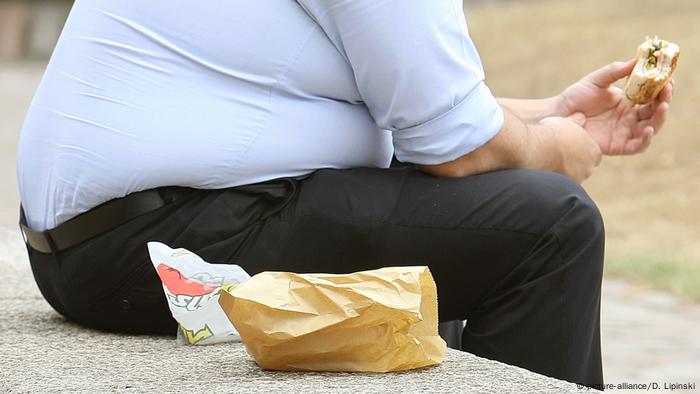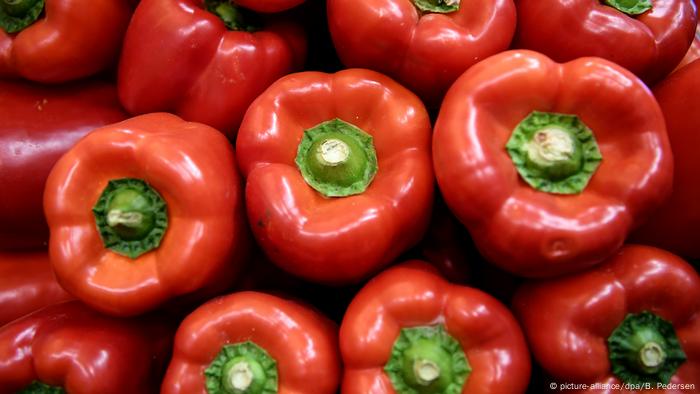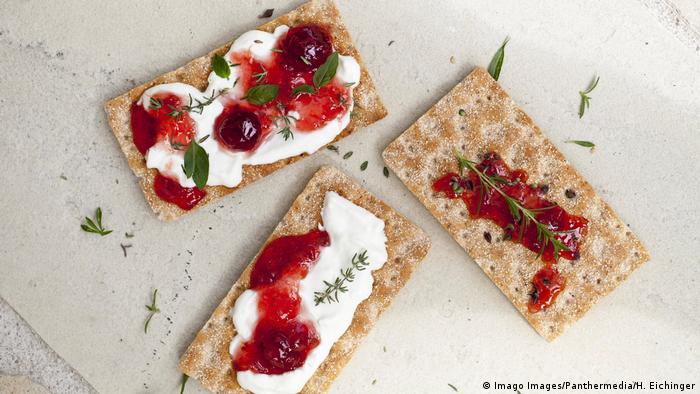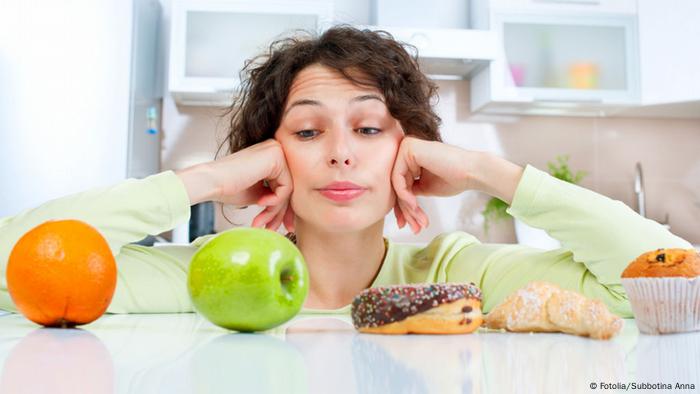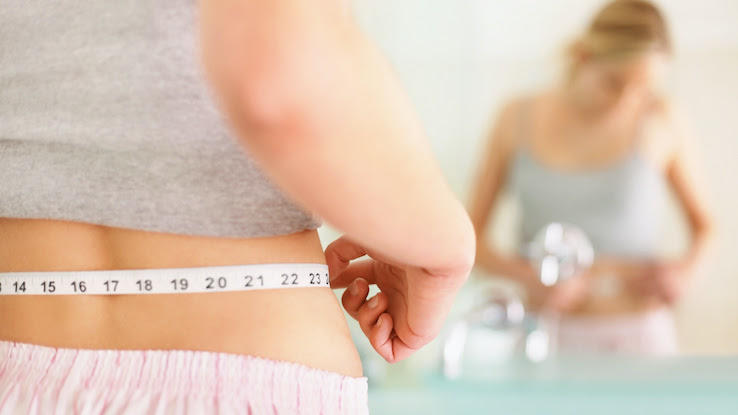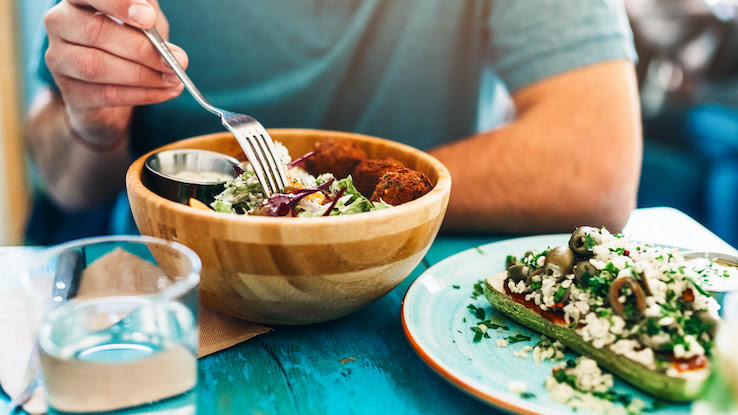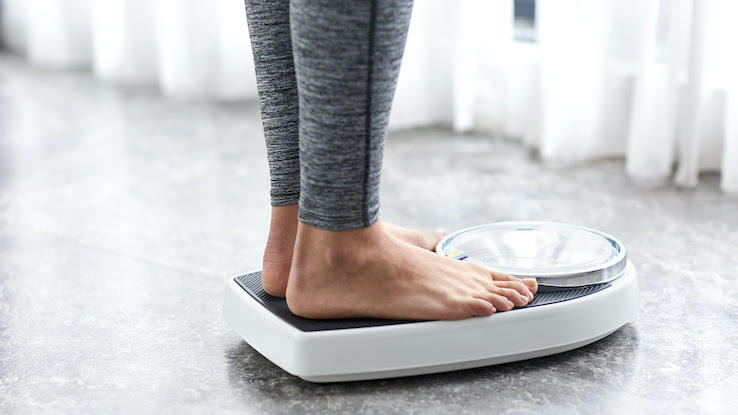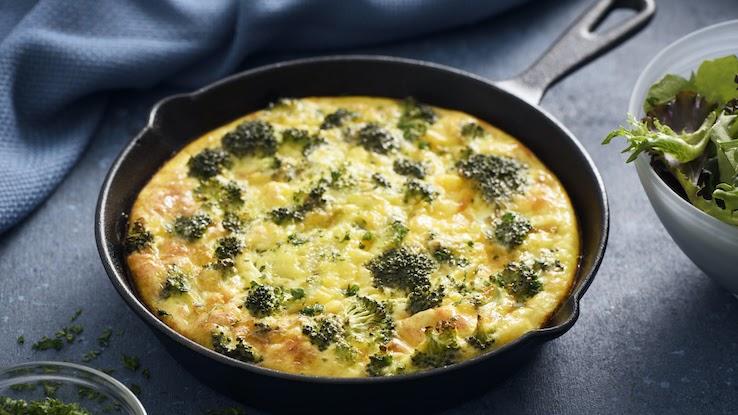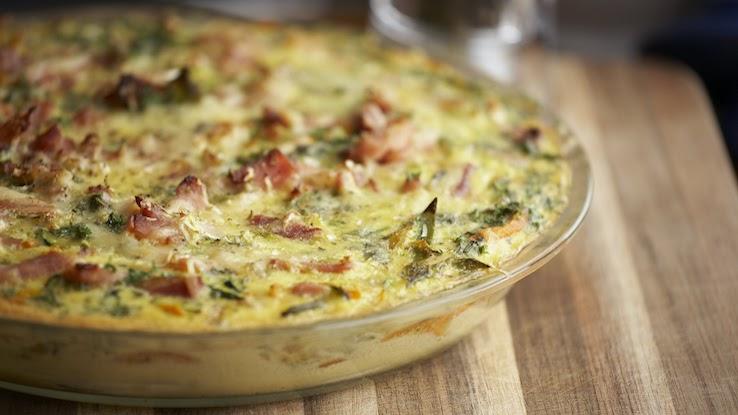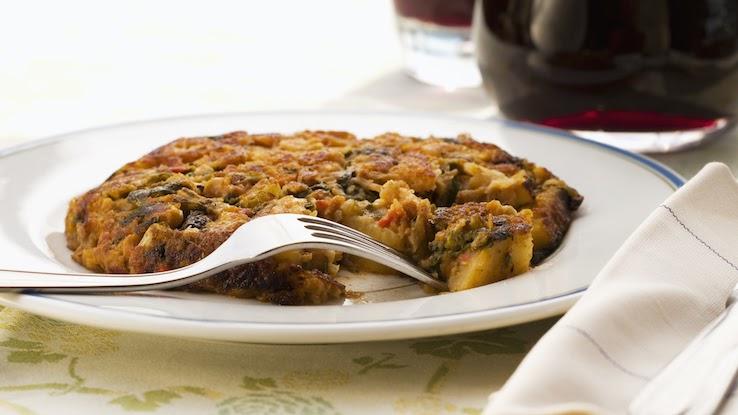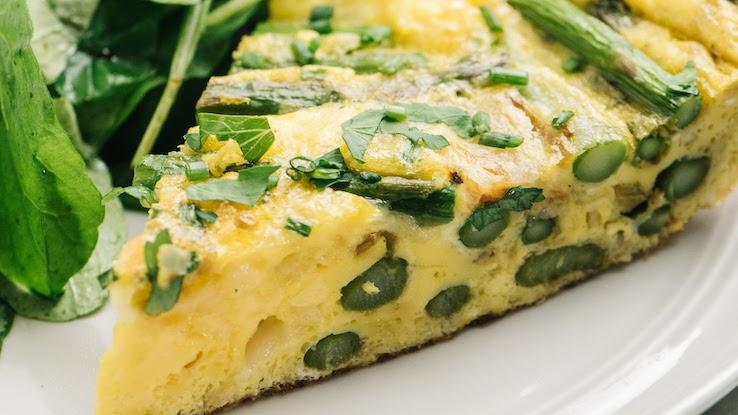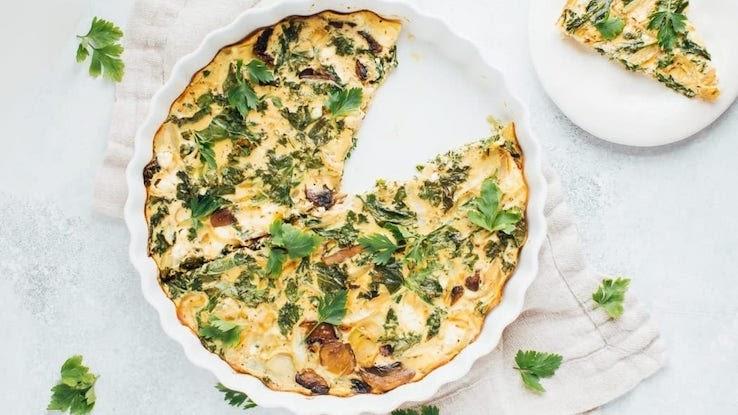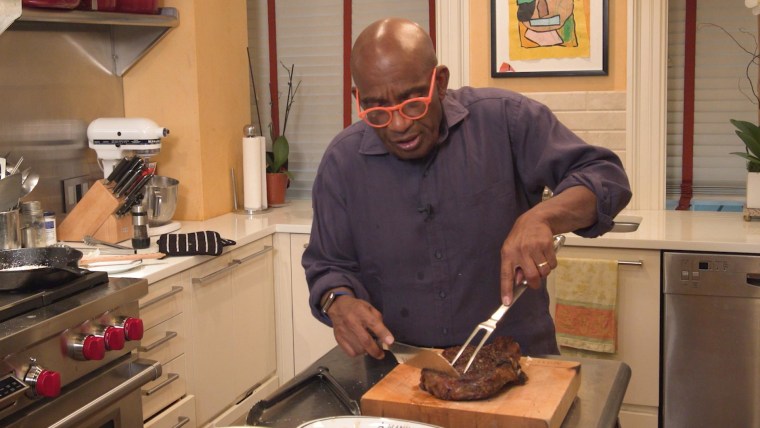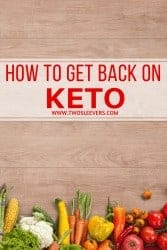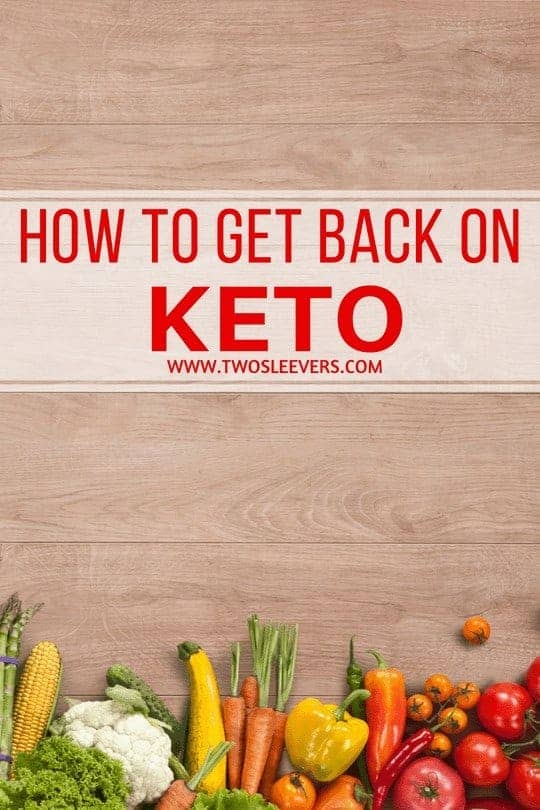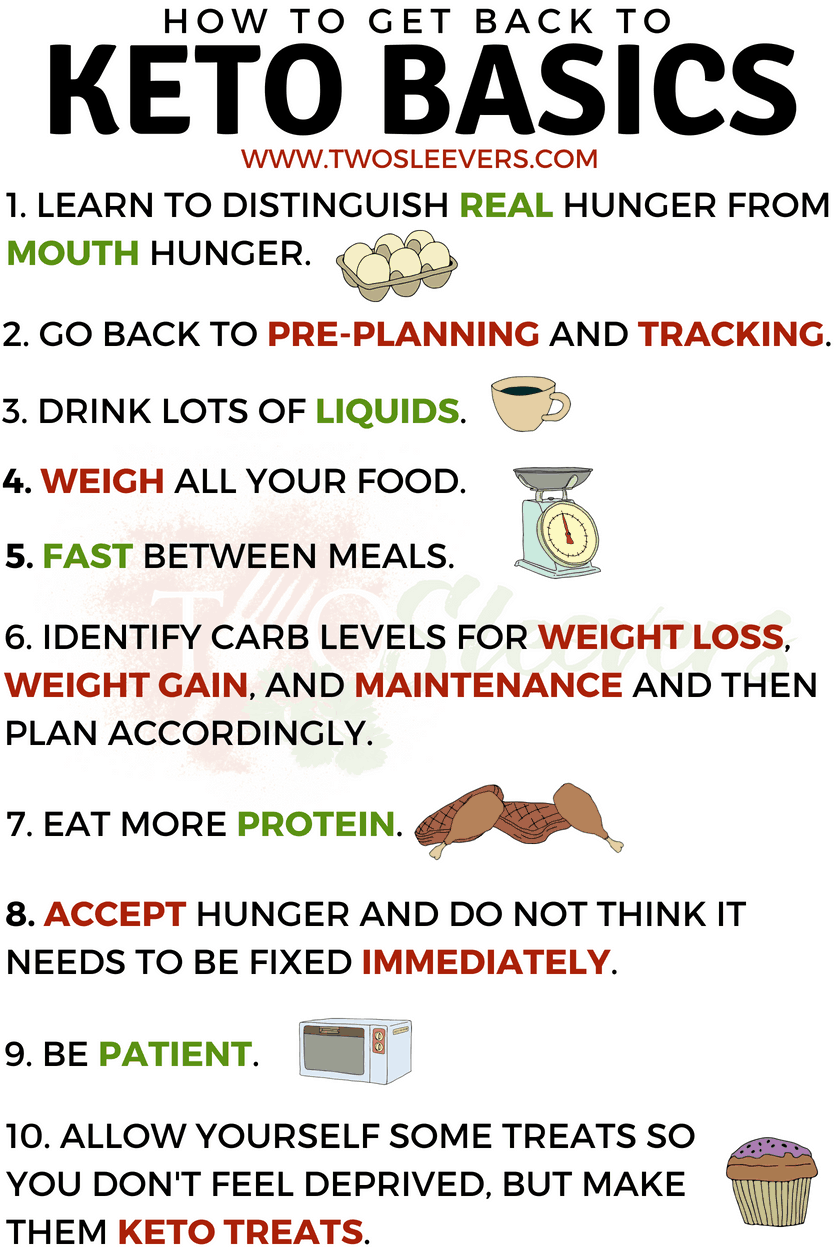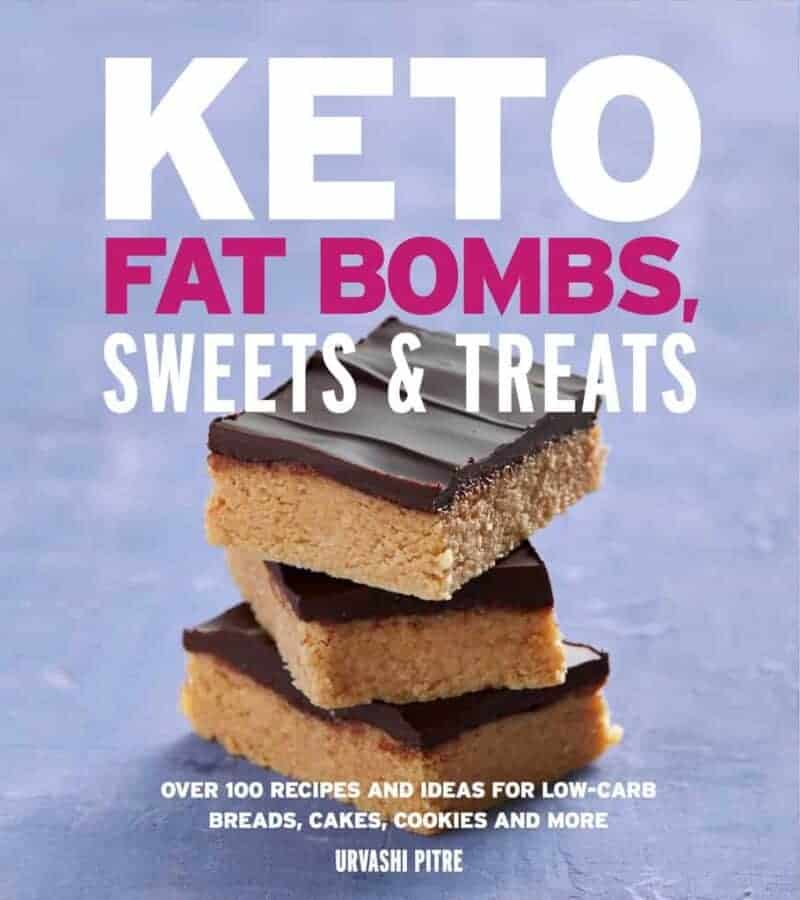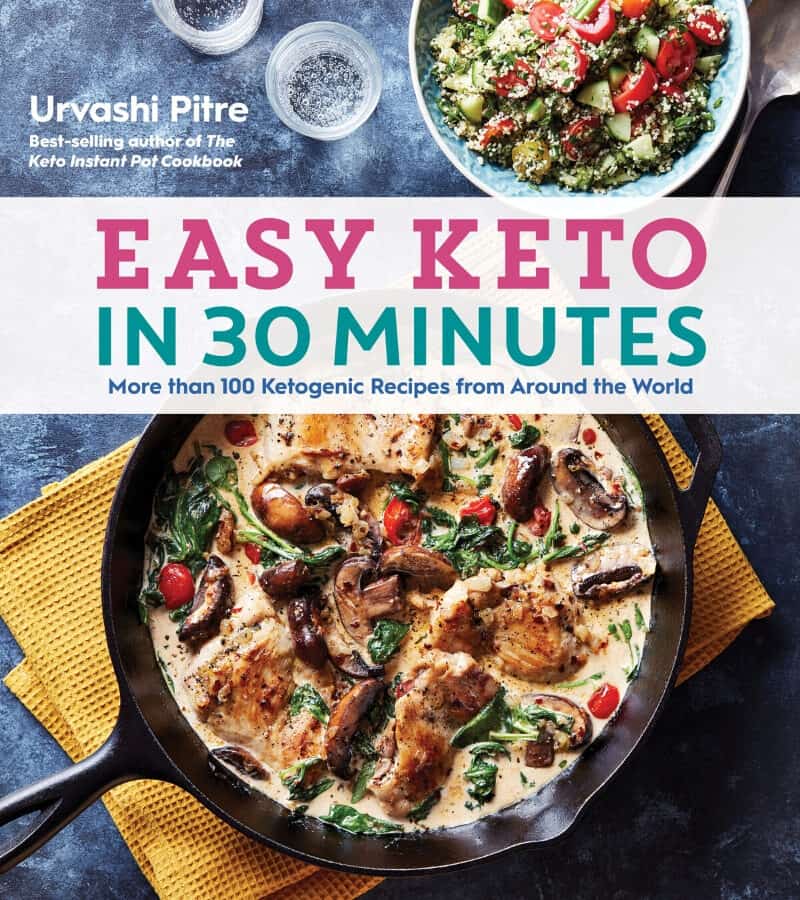Best Testosterone Boosting Supplement Reviews
Don't be a dope
Testosterone is a steroid hormone produced by the testes and is responsible for the development of male sex characteristics. Although it is a banned substance, testosterone pills and supplementation is a popular way of enhancing muscle development, strength and endurance (think Ben Johnson at the 1988 Olympics). You will be pleased to know, however, that recent studies have shown there are a number of ways to naturally boost testosterone levels without resorting to illegal doping and all its associated risks.
(Related: Complete guide to blood doping)
Why are high levels of testosterone beneficial?
Testosterone plays a key role in the health of both men and women, as it has anabolic effects. These include growth of muscle mass and strength, increased bone density, stimulation of height growth and bone maturation – in addition to virilising effects. Sustained low levels of testosterone can lead to obesity, brittle bones, muscle loss, low sex drive, moodiness, fatigue, erectile dysfunction and impotence.
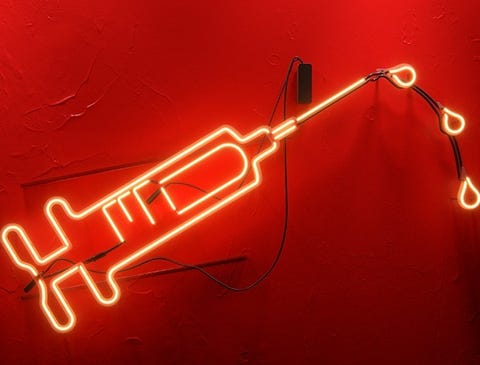
(Related: The facts about injecting testosterone)
What are the side effects of doping with injections or testosterone pills?
Injecting steroids that mimic high T-levels can cause vomiting, nausea, water retention, liver damage, high blood pressure and anger-management issues are just some of the possible side effects of taking illegal steroids. Your sex life could also suffer from decreased sperm production, prolonged and painful erections and shrinking of the testes. Plus, with the swelling of your arms, legs and face, the yellowing of your skin and eyes, and the acne, baldness, excessive body hair growth and gynecomastia (breast growth in men) that can come with testosterone substance abuse, you may feel more like a man, but you'll look a lot more like a beast.
There are testosterone pills that act as boosters using ingredients like magnesium or zinc, but they're not very exciting. Because it's done without resorting to illegal steroids, most over-the-counter testosterone pills are only likely to incrementally increase your body's natural production. There is no "magic bullet" when it comes to testosterone. Still, every little helps.

How can I boost my testosterone naturally?
Reduce your body fat
Excess body fat increases the production of the female sex hormone oestrogen, which can cause testosterone levels to dip. Lose the chub and you will hopefully have more chance to test out your new and improved libido.
Eat well
Don't just chow down on testosterone pills and expect your work to be done. Cutting your calorie intake when crash dieting is one of the worst things you can do. When you do this, your brain goes into starvation mode and shuts down testosterone production until the famine is over. This is due to the fact that high levels of testosterone burn more fat – and fast. Your body requires a steady supply of calories in order to produce testosterone, so regularly skipping meals may cause levels to nose-dive.
Tip: graze throughout the day, and have at least three solid meals a day.
Go compound and go heavy
Include a minimum of one weekly compound weightlifting session. Exercises like dead-lifts, squats and bench presses require you to use a number of large muscle groups simultaneously. Studies show that this is the most effective way of boosting testosterone, as the stress that compound weights put on your body requires higher levels of testosterone to aid muscle repair than those required during workouts that isolate individual muscle groups. If you're lifting more than six repetitions the weight is too light. Try working at around 85% of your one repetition maximum.
Tip: allow 48 hours' recovery as a minimum between working the same muscle groups.
Rest
After following our advice on compound weights, you probably won't need to be told this one, but research has found that failure to allow your body to recuperate adequately between sessions can cause testosterone to plummet by up to 30%. Make sure you are getting at least eight hours sleep a night, and try to get a one or two hour siesta at least once a week.
Go easy on the alcohol
Ever wondered why excess drinking causes you to go limp at the moment of truth? Binge drinking kills testosterone, so give yourself a three drink limit, and stick to it. Stay natural and get all the benefits without the risks.
By James King. For more information and training advice visit jameskingperformance.com
This content is created and maintained by a third party, and imported onto this page to help users provide their email addresses. You may be able to find more information about this and similar content at piano.io
Best Testosterone Boosting Supplement Reviews
Source: https://www.menshealth.com/uk/building-muscle/a746534/top-pick-boost-your-testosterone-344464/






